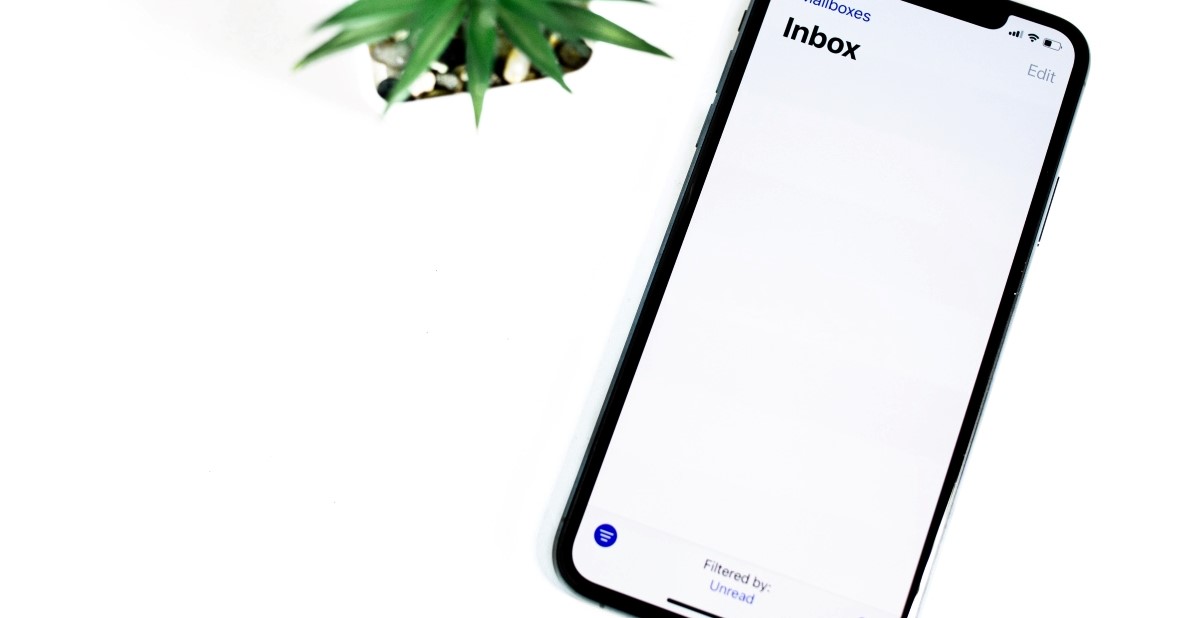Common Sales Email Mistakes To Watch Out For

Emailing prospects and clients is an easy way to stay connected. However, when you’re tired or especially busy, you may be more prone to making email mistakes. Whether it’s typos or including broken links, errors can make you appear sloppy and unprofessional.
Tristen Taylor, a writer on the HubSpot Blog team, says these kinds of email mistakes are common with new sales reps. In this issue of PromoPro Daily, we cover what Taylor considers to be some email mistakes new sales reps make in their first 100 days. Even if you’re not new in your role, read on to make sure you’re not making mistakes that can lessen the impact of your emails.
Sending too many emails. Instead of taking the spray-and-pray approach, spend more time understanding buyer personas and writing personalized messages. Your goal isn’t to send out more emails, but better emails.
Giving up too soon. Taylor points out that 80% of sales require 5 touches to close, but nearly half of all sales reps give up after just a single follow-up. Taylor says it’s important to understand the difference between being pushy and pleasantly persistent.
Miscommunicating the date. Your emails shouldn’t create confusion. But if you say “Look forward to speaking on Monday, April 18” when April 18 is really a Tuesday, you’ll need to reach back out to address which date you mean.
Having a cluttered email signature. Taylor says simple, well-designed email signatures are few and far between, and they’re even rarer among new salespeople. One of the biggest mistakes new reps commit with their email signatures is choosing an obnoxious font, color scheme, image or quote. It’s always best to keep your email signature clean and professional.
Writing your entire sales pitch. In your emails to prospects, remember to focus on their challenges and objectives, Taylor says. Avoid writing emails sharing all the great features and benefits of your offering, and target your communication to the other person...
Sounding robotic. Remember there’s another person on the receiving end of your email, so don’t use an overly formal tone or complex jargon to try to sound smarter. This can actually backfire, Taylor says, and make you sound stiff and unnatural.
Burying your call to action (or leaving it out altogether). When addressing your prospect, you want to give them valuable information and a clear ask, next step or variation of a call-to-action for them to complete afterward, Taylor says. Make sure the recipient knows what you want them to do next.
We all make mistakes sometimes, but it can pay to double check your sales emails before hitting send. When you and your team craft more professional emails, you can boost your effectiveness and begin to close more deals.
Compiled by Audrey Sellers
Source: Tristen Taylor is a marketing associate program new hire beginning her career with the HubSpot Blog.

